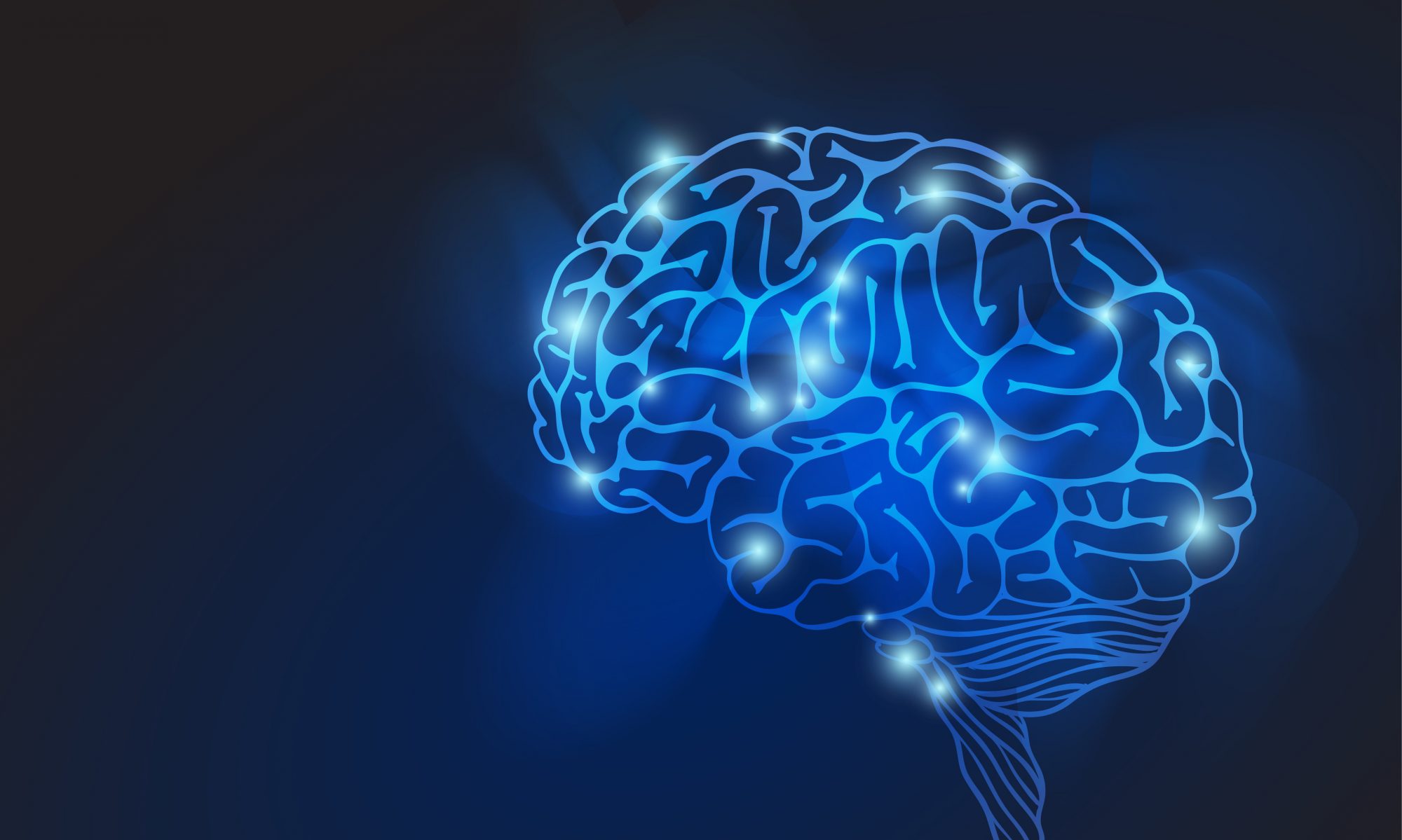Our trainees review webinars in their given fields and share abstracts to help colleagues outside their discipline make an informed choice about watching them. As our program bridges diverse disciplines, these abstracts are beneficial for our own group in helping one another gain key knowledge in each other’s fields. We are happy to share these here for anyone else who may find them helpful.
Creating Psychedelic Analogs to Treat Neuropsychiatric Disease
David E. Olson , PhD
10/2022
ACS Webinars
Psychedelics are psychoactive agents that can alter conscious perception and cognition; as a result, individuals exposed to these agents may have hallucinogenic experience. However, several scientists have developed interest in the past few years in using well-regulated doses or analogs of psychedelics in treating neuropsychiatric disorders. This webinar discusses the mechanistic action of psychedelics and its analogs and how it can be used to treat neuropsychiatric disorders.
Dr. David E Olson, the director of psychedelic and neurotherapeutics at UC Davis, discussed the effect of and mechanism of psychoplastogens, molecules that promote dendritic growth on cortical neurons. He introduced his talk with ketamine, a dissociative anesthetic that has currently been approved by the FDA for treatment of depression disorders. Dendritic growth restored to normal within 24 hours when ketamine was administered to stress-induced dendritic loss cortical neurons, Dr. Olson recounted. Although ketamine is an effective psychoplastogen, it is very nonspecific; thus, it binds to NMDA receptors which are ubiquitous in the brain.
To circumvent this challenge, Dr. Olson’s lab shifted to psychoplastogens such as DMT, LSD DOI etc., that activate 5HT-2A receptors. These receptors are largely expressed in the prefrontal cortex hence reducing high activity at other brain regions. Blockage of the 5HT-2A receptors by its antagonist resulted in the inhibition of dendritic growth promoted by these psychedelics. Neuroplasticity as well as improved functional activity of cortical neurons was sustained for 34 days after a ten-minute stimulation of these neurons with either DMT, LSD or DOI.
If these substances are good neuroplastic agents and have potential use for treatment of fear extinction, substance abuse, and stress related depression, Dr. Olson asks in the webinar why don’t we approve them. The answer is that the massive hallucinogenic effects it produced makes these drugs unsafe for these treatments. The question now becomes “how do we decouple the hallucinogenic effects from its anti-depressive action.”
To answer this question, DMT analogs, i.e, 5-meo DMT and 6-meo iso DMT, were designed and tested for efficacy and hallucinogenic action using dendritic growth measurement and mouse head twitching respectively. Reduced hallucinogenic effects were recorded for the analogs with 6-meo iso DMT, producing minimal head twitching in the mouse. Also, Ibogain analogs demonstrated neuroplasticity effects comparable with DOI with a very minimal hallucinogenic effect. From this point, these analogs were tested for their anti-neuropsychiatric effects using different disease models. These analogs proved effective in ameliorating neurological disorders such as chronic depression, drug and alcohol abuse, fear extinction, etc., with minimal or no hallucinations.
This talk demonstrates the therapeutic potentials of psychedelic analogs in treatment of substance abuse and stress induced neurological disorders.


